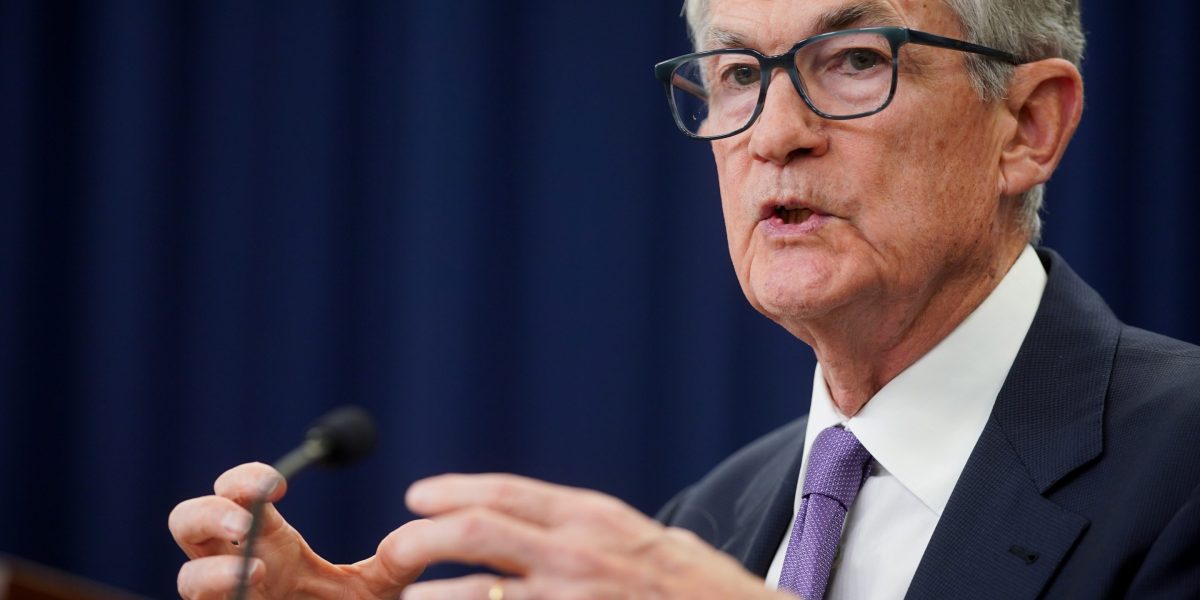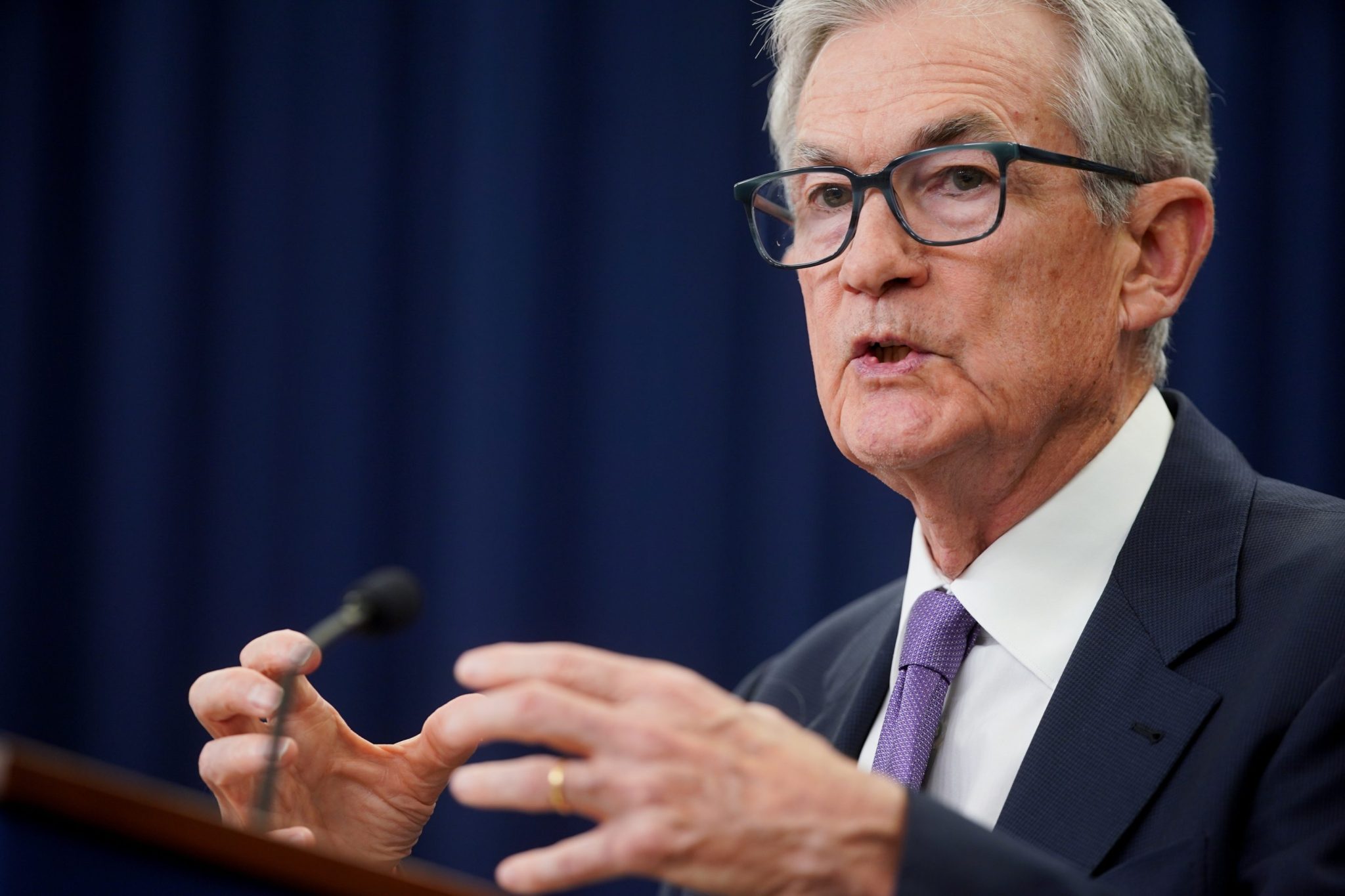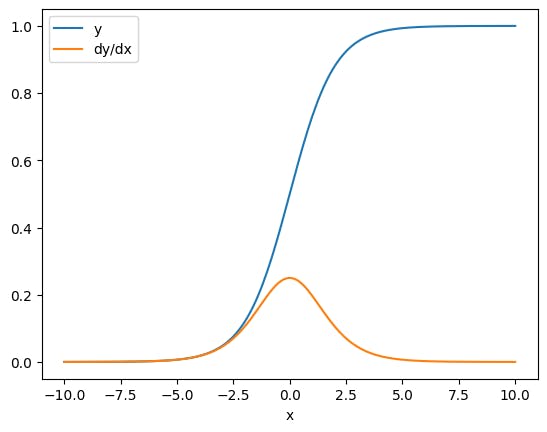Jerome Powell says the AI hiring apocalypse is real: ‘Job creation is pretty close to zero.’


Federal Reserve Chair Jerome Powell drew a stark picture of a labor market that looks fine on the surface—4.3% unemployment, solid consumer spending—but is quietly losing momentum underneath. Once you adjust for statistical overcounting in the payroll data, he said during a press conference Wednesday following the FOMC meeting, “job creation is pretty close to zero.”
He noted “a significant number of companies” have recently announced layoffs or hiring pauses, with many of them explicitly citing AI as the reason.
“Much of the time they’re talking about AI and what it can do,” Powell told reporters after the Fed’s rate-cut decision, warning large employers are signaling they won’t need to add headcount for years. “We’re watching that very carefully,” he added.
The comments come as the Fed cut interest rates by a quarter point to a range of 3.75%–4%, citing “downside risks to employment” even as inflation remains elevated. Powell said the U.S. economy is still expanding at a “moderate pace,” even as hiring slows. He described that spending as one of the “big sources of growth in the economy,” driven by companies building data centers and other equipment tied to artificial intelligence.
Powell also pushed back on the idea that all that spending is amounting to another speculative bubble. He drew a clear line between today’s surge in capital expenditure and the dot-com era, noting “these companies actually have earnings.” Those projects, he said, aren’t especially sensitive to interest rates, though, since they reflect long-term bets on higher productivity.
At the same time, Powell emphasized the boom creates a policy dilemma for the Fed. AI and automation are boosting output, but they’re also allowing companies to do more with fewer workers, leaving the labor market softer, even while GDP stays positive.
“We have upside risks to inflation, downside risks to employment,” he said. “This is a very difficult thing for a central bank, because one of those calls for rates to be lower, one calls for rates to be higher.”
A bifurcated market
Recent corporate announcements illustrate Powell’s warning. Amazon announced this week it laid off 14,000 middle managers—about 4% of its white-collar workforcein an effort to “remove organizational layers.” The layoffs come amid their rampant investments into AI. Target, Paramount, and other large firms followed with their own cuts.
According to a Challenger, Gray & Christmas report, U.S. employers have announced nearly 946,000 layoffs so far this year—the highest total since 2020—with more than 17,000 explicitly tied to AI and another 20,000 to automation.
“Job creation is very low, and the job-finding rate for people who are unemployed is very low,” Powell said.
The phenomenon is so widespread some economists have coined a new term—the “Great Freeze”—to describe the dismal labor market conditions. With unemployment among recent college grads topping 5%—and AI threatening to automate entry-level office jobs—many Gen Z workers are turning to graduate school as a strategic timeout.
That awkward balance—strong investment but weak hiring— is now at the center of the Fed’s decision-making. Powell said the economy increasingly resembles a K-shape, with higher-income households and large corporations benefiting from strong stock markets and AI-fueled productivity gains, while lower-income consumers pull back under the weight of rising costs.
He pointed to anecdotal reports from major retailers and consumer companies describing a “bifurcated economy,” in which wealthier Americans continue to spend freely but those at the bottom are trading down to cheaper goods. “
“Consumers at the lower end are struggling and buying less and shifting to lower-cost products,” Powell said, noting the uneven effects of growth make the Fed’s balancing act even more complicated.
“There is no risk-free path for policy,” Powell said. “We’re navigating the tension between our employment and inflation goals as carefully as we can.”




